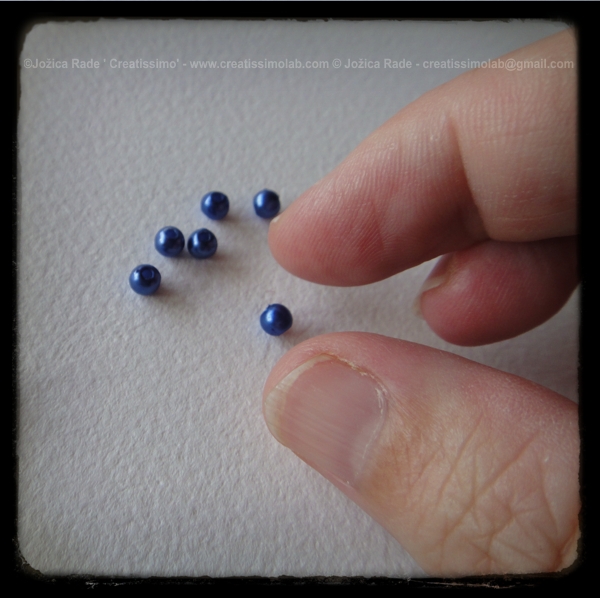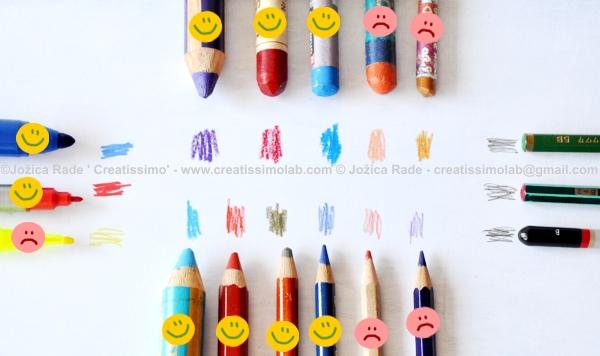What do you say about the rules? Do you follow them or do you think they are there to make our lives miserable?

I usually find rules useful - to make my life safer without too many worries for every single thing.

But, this is me. On the other hand, many times I find people who love to break the rules. I wonder why...

And because of these people, we have to have extra people to help them follow the rules.

Why? Because the rules are there to make you safe and happy - if you look at them from a wide point of view.

(Can you see how the high tide pushes back the river? - right on a spot where 20 minutes ago there was no water at all?!)

So, if you don't follow the rules... just don't be surprised when there comes the time when rocks start falling on your head...
*
PS: This post is dedicated to someone who broke the rules and made our lives miserable for 6 months. Because of him we don't have floor and doors, and we live in dust and between the boxes, filled with our stuff... And this post is dedicated to the children in our school with a hope that they will understand why it is good for them to follow the rules...
I hope my life will get back to normal soon, esp. back to creative stuff as well. Wish me luck!


















